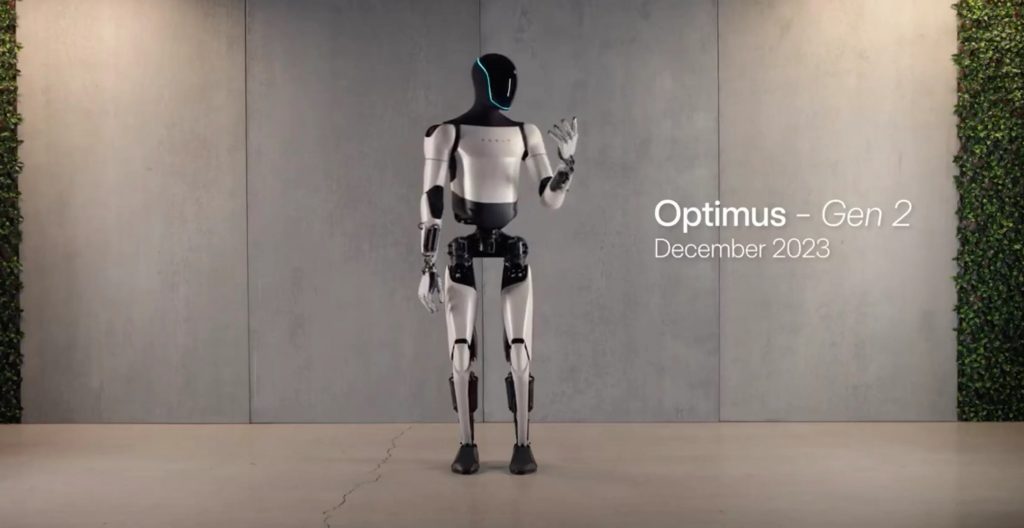In the last decade, the evolution of humanoid robots equipped with artificial intelligence (AI) has surged, promising a transformative impact on our lives.
These robots have the capability to revolutionize many aspects of our lives, from providing companionship and care to assisting in education, healthcare, and even manufacturing.
Among these remarkable creations are pioneers like Sophia, the social humanoid by Hanson Robotics, known for her conversational abilities and expressive nature.
Notable Humanoid Robot Development
Sophia (2016): Developed by Hanson Robotics, Sophia is a social humanoid robot that can hold conversations, make facial expressions, and even sing. Sophia has been featured in numerous media outlets and has become a popular ambassador for AI and robotics.
Nadine (2017): Developed by Fraunhofer IPA, Nadine is a socially intelligent robot that can return greetings, make eye contact, and remember all the conversations it has had. Nadine is designed to be used in customer service and other roles where social interaction is important.
Alter-3 (2019): Developed by Osaka University and Mixi, Alter-3 is a humanoid robot that can sing and conduct orchestras. Alter-3 is powered by an artificial neural network and can learn and adapt to new music pieces.
Ameca (2021): Developed by Engineered Arts, Ameca is a development platform for AI and machine learning systems. Ameca is able to detect emotions and ages when interacting with humans and can communicate back with common expressions.
Atlas (unveiled in 2013), developed by Boston Dynamics. By 2028 Atlas embodied the pinnacle of humanoid robot capabilities, showcasing exceptional mobility, dexterity, and balance. With its advanced sensors and control systems, Atlas can navigate complex environments, manipulate objects with precision, and even perform acrobatic parkour manoeuvres. In 2021 it managed somersaults.
Spot, on the other hand, exemplifies a new era of mobile robotics. A compact, nimble four-legged robot that can trot around your office, home, or outdoors. It can map its environment, sense and avoid obstacles, climb stairs, and open doors. Equipped with a variety of sensors and tools, Spot can perform tasks such as inspection, surveillance, and data collection.
Optimus (2023), also known as finalTesla Bot, is a conceptual general-purpose robotic humanoid in final development by Tesla, Inc owned by Elon Musk.
Unveiled at the company’s Artificial Intelligence Day event on August 19, 2021, Optimus is envisioned as a versatile robot capable of handling a wide range of tasks, from performing simple household chores to assisting in manufacturing and logistics.

NASA’s Valkyrie created by the Johnson Space Center (JSC) in 2015, the NASA R5, is one of the most advanced humanoid robots in the world. It is designed to be robust, self-contained and capable of operating in the most inhospitable environments on Earth – or even, as is planned, on Mars.
Key Developments in Humanoid Robot Communication
To be humanoid, robots need to have a variety of skills, including natural language processing (NLP), speech recognition, and emotion recognition.
Natural Language Processing (NLP) has been a key enabler of humanoid robot communication. NLP allows robots to understand and respond to human language, making it possible for them to hold natural conversations with people.
Speech recognition technology has also been important for humanoid robot communication. Speech recognition allows robots to understand spoken language, which is crucial for their ability to interact with humans in real-time.
Emotion Recognition: Some humanoid robots are also able to recognize human emotions. This allows them to tailor their communication to the emotional state of the person they are interacting with.
Applications of Humanoid Robots in Communication
Customer Service: Humanoid robots can be used to provide customer service in a variety of settings, such as retail stores, banks, and airports. They can answer customer questions, provide information about products and services, and even help with troubleshooting.
Education: Humanoid robots can be used to provide personalized instruction to students. They can adapt to the individual needs of each student and provide feedback in real-time.
In healthcare, humanoid robots can assist with tasks such as bathing, feeding, and medication to patients in hospitals, nursing homes, and other healthcare settings..
Companion Robots: Humanoid robots can also be used as companion robots for people who are lonely or isolated. They can provide companionship, conversation, and even physical touch.
The Future of Humanoid Robot Communication
The future of humanoid robot communication is bright. As AI and robotics technology continue to advance, we can expect to see humanoid robots that are even more capable of communicating with humans in a natural and meaningful way. These robots will have the potential to play an increasingly important role in our lives, providing us with companionship, assistance, and even education.


You must be logged in to post a comment.